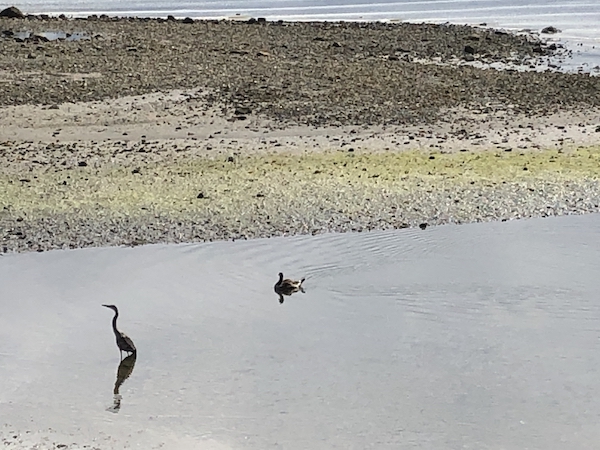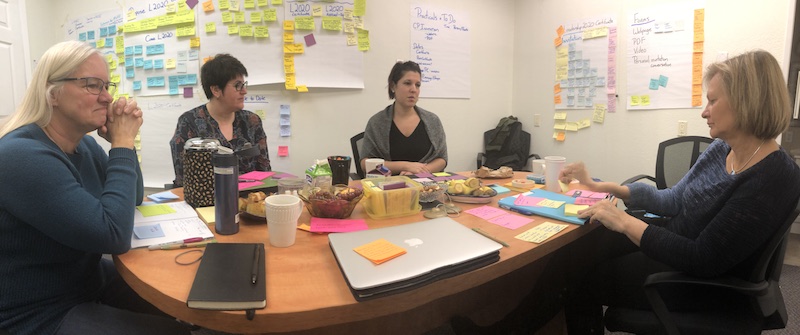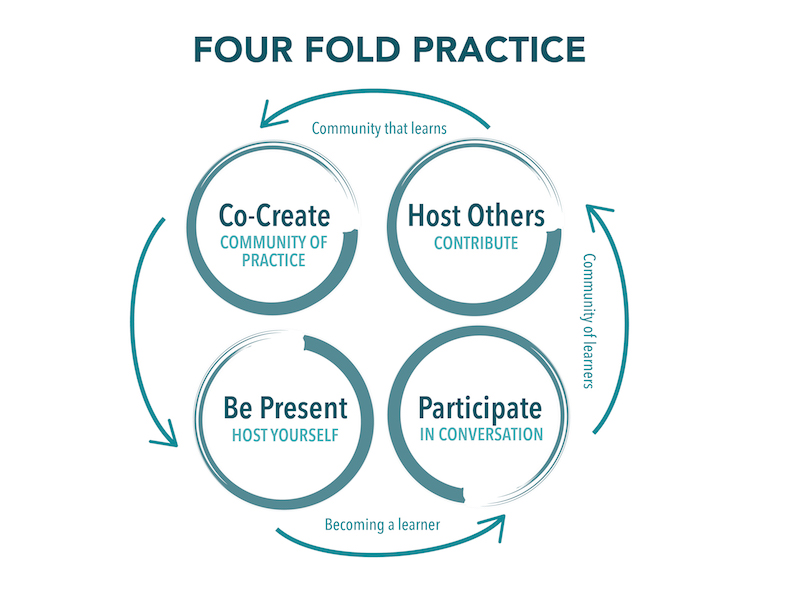
Part Two of a seven part series on the Seven little helpers for dialogue and action Part 1: Presence 2. Have a good question One of the most common questions I get asked is “how do I come up with a powerful question?” My answer is “it depends.” There are some great guides to there to making great questions, (like ORID, Strategic Questioning or The Art of Powerful Questions) but when it comes down to it, my own practice is fairly intuitive. Here are a few guiding principles I use when creating good questions. Know where you are in the …

As the story goes, my buddy Tenneson Woolf sat down with our teacher and friend Toke Møller, and with all the depth of his legendary commitment to simplicity he asked this question: “Toke, if I had no tools or methods, but needed to hold an important conversation, what’s the ONE thing.I could use.” And Toke thought for a moment and said “Presence. Just bring your full presence to the situation. Oh, and have a good question…oh….and…” What followed was short list of seven little things to stick in your back pocket that you can pull out to use anytime you …

I think we are living in a time when every emotion we are capable of generating is seen as a potential for making money. Our loyalty is co-opted by brands. Our anger is co-opted by politicians who channel it towards groups they scapegoat and then ride in as saviours of our condition. Our sense of reverence is owned by Hollywood, who exploits it for the latest superhero movie. Our love is sucked up by celebrities who are ciphers for the qualities in ourselves we can no longer recognize. The most disempowering thing you can do to another human being is …

I’m just coming home from a couple of days in Victoria where Caitlin and I were with colleagues Rebecca Ataya, Annemarie Travers, and Kelly Poirier. We spent two days working on what I can only call “polishing the core” of the Leadership 2020 program that we offer on behalf of the Federation of Community Social Service of BC. We have run this leadership program for 8 years now, putting around 400 people through a nine month intensive program of residential and applied learning. The program has built collaboration, trust, and connection between the Ministry of Children and Family Development, indigenous …

The Art of Hosting is predicated on a very simple set of practices which we call the Four Fold Practice. This framework emerged from a conversation in the late 1990s between Toke Moeller, Monica Nissen, Carsten Ohm and Jan-Hein Nillson about what patterns make for a meaningful conversation. After talking about it for days, the clarity that arose was that people experience meaningful conversations when they are present, when they participate, when they are hosted and when they co-create something. Simple. The next question then became, what if these four patterns were actually practices that could be cultivated both by …

